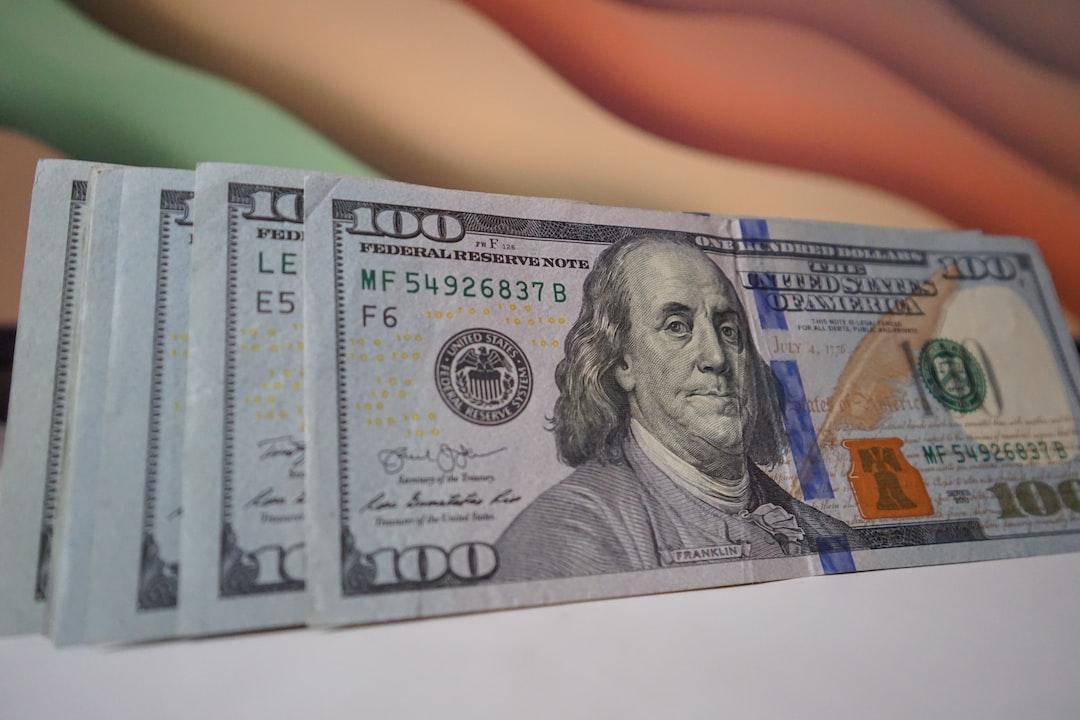Bitcoin L2 foundational development tool Hiro announced on July 13th that the U.S. Securities and Exchange Commission (SEC) will not take any further legal action against Hiro and Stacks.
Hiro and Stacks, as startup companies, specialize in constructing Bitcoin Layer 2 smart contracts and infrastructure tools. Stacks has been continuously expanding and developing over the past few years. The L2 it builds covers Ordinals, BRC-20, Runes, Stacks, and the upcoming new sBTC Bitcoin asset.
What sets Stacks apart is that it extends the functionality of Bitcoin beyond just cryptocurrency and becomes the foundation for decentralized applications (DApps) and smart contracts. Since Stacks is an ecosystem anchored to the first layer of Bitcoin, the smart contracts it brings to Bitcoin do not change any of Bitcoin’s functionalities, including its popular security and stability.
Stacks dApps are open and modular, allowing developers to build on top of each other’s applications and create functionalities that would not be possible otherwise. Additionally, since Stacks uses Bitcoin as its base layer, everything that happens within the Stacks ecosystem is supported by the most secure blockchain.
SEC’s Regulatory Standards Remain Ambiguous
Bitcoin Layer 2 development tools strive for compliance
SEC’s standards remain ambiguous and progress is slow
SEC’s Regulatory Standards Remain Ambiguous
On July 9, 2024, Amy Gwiazda, Assistant Director of the SEC, sent a notice to the Hiro team, informing them that the investigation has concluded and she will not recommend any legal action by the SEC against Hiro and Stacks.
The content of the letter is as follows:
“We have concluded our investigation into Stacks Blockchain SF4470. Based on the information currently available to us, we do not intend to recommend that the SEC take any enforcement action against Hiro Systems PBC (formerly known as Blockstack PBC).
We made this determination based on the investigation results of Section 5310 of the Securities Act, which states, ‘No inference of any violation or non-violation shall be drawn from the fact that we do not intend to take any action.’ Please refer to the following link for Section 5310 of the Securities Act:
http://www.sec.gov/divisions/enforce/wells-release.pdf.”
After three years of investigation, it is apparent that SEC has abandoned the idea of treating technology companies as securities and initiating lawsuits.
Regarding the outcome of this investigation notice, Hiro stated on X:
“On July 9, 2024, the SEC notified us that the investigation has concluded and they do not intend to recommend any enforcement action. Given the current state of blockchain technology regulation in the United States, this is the best outcome that any technology company like ours could hope for. This result reaffirms our commitment to faithfully comply with regulatory requirements and fulfill our mission of supporting developers in their innovative construction on Bitcoin.
Since January 2021, after the launch of Stacks’ Mainnet, the SEC has been investigating Hiro and Stacks’ blockchain technology. Over the past three years, the Stacks team has provided all relevant information to the SEC and made efforts to explain how the Stacks network operates and Hiro’s role within it. We are proud to be a company centered around Bitcoin developers, and our tools have been continuously evolving over the past few years.
We support the beliefs of developers, and we firmly believe that a clear path and regulatory framework for Bitcoin L2 need to be established in the United States. We look forward to continuing to have the opportunity to help shape policies that meet the needs of builders of open innovation protocols. The outcome of the Hiro and Stacks investigation fills us with hope for the bright future of Bitcoin and the next generation of networks.”
Prominent Bitcoin commentator Nathaniel Whittemore said on the show, “The U.S. Securities and Exchange Commission has abandoned its three-year investigation into the Stacks ecosystem. This is a good outcome, but the cost is absurd, which precisely demonstrates how counterproductive and slow SEC’s enforcement and regulatory strategies are.”
SEC has multiple standards for whether blockchain is considered technology or securities. This time, it shows leniency towards the Bitcoin Layer 2 ecosystem of Stacks, adopting a loose policy. Even if the same interpretation of Section 5310 of the Securities Act is used, it still passes the scrutiny of the reviewers. This is in stark contrast to SEC’s relentless pursuit of XRP, which claims to be a blockchain technology company. The litigation between the two parties has not yet been concluded, but it can be seen that SEC cannot grasp the scale and standards of walking and observing.
Hiro, SEC, Stacks, Bitcoin Layer 2.

